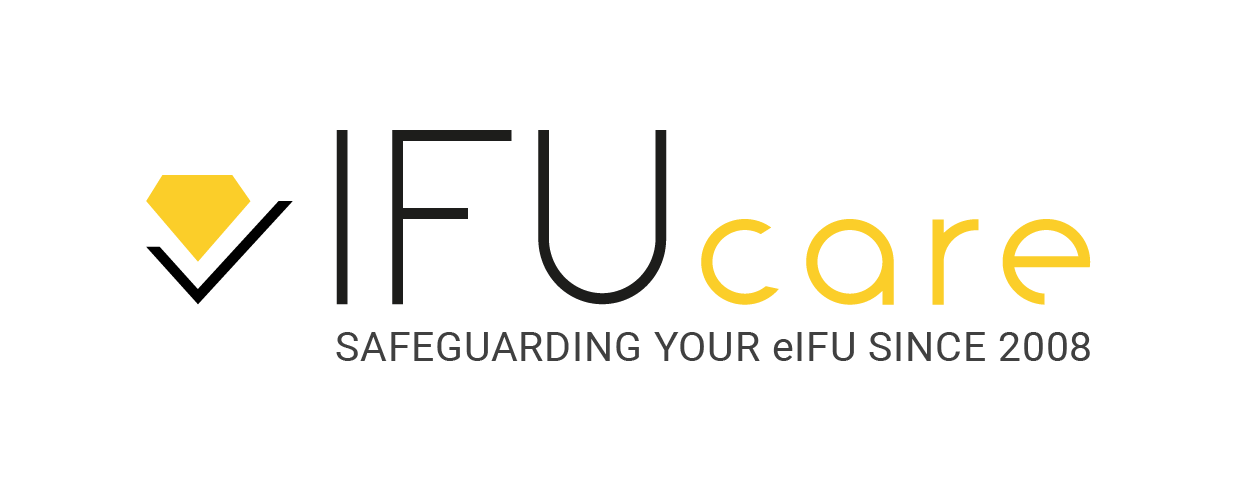eIFU versus paper-based IFU: what are the benefits of going digital for manufacturers?
Why do more and more manufacturers choose to move to eIFU? Replacing paper-based manuals with electronic Instructions for Use (eIFU) has a range of benefits.
Medical devices, perhaps more than any product, demand user manuals that are effective, efficient, and readily available. Instructions for Use (IFU) for medical devices have traditionally been paper-based but, with the advent of electronic technologies, the possibility of digitizing IFUs for medical and in vitro diagnostic (IVD) devices was realized by some forward-thinking companies and approved by regulatory bodies.
Improving The User Experience
Replacing paper-based manuals with electronic Instructions for Use (eIFU) has a range of benefits for both device manufacturers and end users. Ask any medical device user and they will tell you that paper IFU is typically difficult to read, unattractive, and not user-friendly. This is due to limitations on layout and font size, with manufacturers trying to squeeze in as much information as possible into the tiniest of booklets. Much of the available space in these booklets is taken up by translations of the same information into different languages, causing readers to waste time searching for the relevant sections across multiple pages.
With eIFU, layout constraints are no longer a problem as manufacturers have the space they need to improve IFU designs. The focus shifts away from trying to fit text into the smallest possible format and instead settles on improving the user experience by making the information easier to read and allowing language selections by the end user.
Moreover, eIFU can be printed out or consulted digitally via electronic devices. This solves yet another problem for healthcare workers as, with the most recent version of the IFU constantly available online, losing or misplacing paper documents is no longer a worry.
Manufacturing Benefits Of eIFU
For manufacturers, saving money on paper, ink and printing costs is one reason to consider eIFU, as well as the lessened environmental impact associated. With paper manuals removed from packaging, boxes may be reduced in size, creating potential further savings on packaging materials and warehouse capacity.
This has other positive impacts on the packaging process. For instance, by taking away the step of packaging the correct IFU in the correct box, the risk of errors that may occur at this stage is eliminated. Errors like these would typically lead to expensive product recalls and the physical replacement of the paper IFU. While the occurrence of these events would normally be reduced by in-process controls to verify packaging contents, with eIFU none of this is necessary.
Digitizing IFU thus leads to a more time and cost-efficient packaging process where the correct IFU can be linked to the right device every time. Furthermore, eIFU also makes it possible for manufacturers to provide updates to instructions for use as and when required and delivers clear improvements to the user experience. Subsequently, patient safety is protected as a result of reduced user errors. After all, the merit of clearly phrased and easily understandable guidance is always going to be limited by how well-presented and legible the information actually is.
As the digital transformation in healthcare settings gains momentum, more and more medical device manufacturers will be drawn to the benefits of eIFU. Third-party companies that can help them implement this solution while complying with the different regulatory and operational requirements will be invaluable partners in this process.
In 2008, medical device and IVD consultancy Qarad pioneered the market with a compliant eIFU solution and continues to be a global leader in the field. The company’s expertise on the regulations around medical devices and IVD ensures that they are an indispensable partner for companies that are eager to reap the many advantages of eIFU but are unsure how to make the transition alone.
The software requirements underpinning robust eIFU platforms
CONTACT US
ISO 13485 and ISO 27001 certified
Pas 257, 2440 Geel BELGIUM
+32 (0)14 49 04 22
FAQ
Privacy Policy | Terms & Conditions | Cookie Policy
IFUcare is a brand name of Qarad
IFUcare and Qarad are part of the

